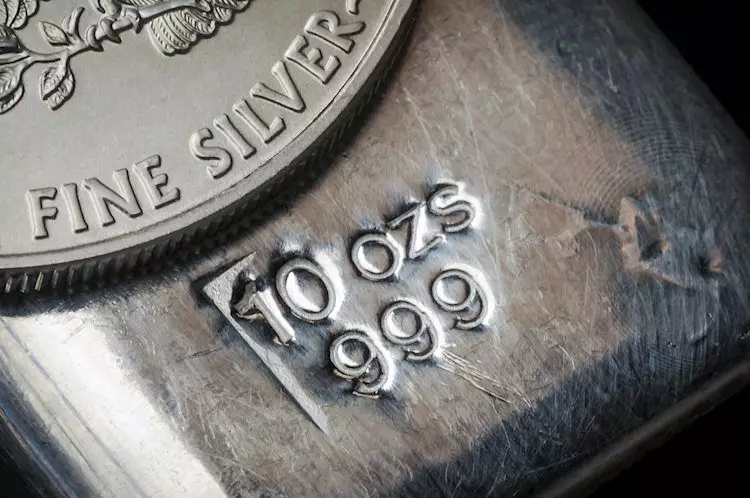Silver prices are constantly fluctuating in the market, impacted by a variety of factors that investors need to be aware of in order to make informed decisions. Understanding the dynamics of the silver market is crucial for those looking to diversify their investment portfolios and capitalize on potential opportunities. In this article, we will explore some key aspects of the silver market that investors should consider.
On Monday, silver prices (XAG/USD) experienced a slight decline, trading at $28.13 per troy ounce, down 0.14% from the previous trading session. Despite this minor dip, silver prices have increased by 10.44% since the beginning of the year, highlighting the volatility of the precious metal. The Gold/Silver ratio, which indicates the relative valuation of gold and silver, stood at 83.32 on Monday, down from 83.80 on Friday. This ratio is often used by investors to assess whether silver is undervalued compared to gold or vice versa.
Silver prices can be influenced by a wide range of factors, including geopolitical instability, economic conditions, and currency movements. As a safe-haven asset, silver tends to perform well during times of uncertainty, although not as strongly as gold. In addition, changes in interest rates can impact silver prices, as the metal is a yieldless asset. The behavior of the US dollar, in which silver is priced, also plays a significant role in determining silver prices. A strong dollar typically suppresses silver prices, while a weaker dollar can lead to price increases.
Silver is widely used in various industries, such as electronics and solar energy, due to its high electrical conductivity. Fluctuations in industrial demand can affect silver prices, as increased demand typically drives prices up. Economic conditions in key markets like the US, China, and India also play a role in price movements. The industrial sectors of these countries use silver in various processes, contributing to price volatility. Consumer demand for silver jewelry in India, in particular, can influence prices in the market.
Silver prices often follow the trends of gold prices, given their similar status as safe-haven assets. The Gold/Silver ratio is a useful tool for investors to assess the relative valuation between the two metals. A high ratio may indicate that silver is undervalued compared to gold, while a low ratio could suggest the opposite. Understanding the relationship between gold and silver prices is key for investors looking to maximize their returns in the precious metals market.
Silver prices are affected by a multitude of factors, making the market highly dynamic and challenging to predict. By staying informed about current market trends, economic conditions, and industrial demand, investors can make better decisions when it comes to investing in silver. Utilizing tools such as the Gold/Silver ratio can provide valuable insights into the relative valuation of silver and gold, helping investors navigate the complexities of the precious metals market.

